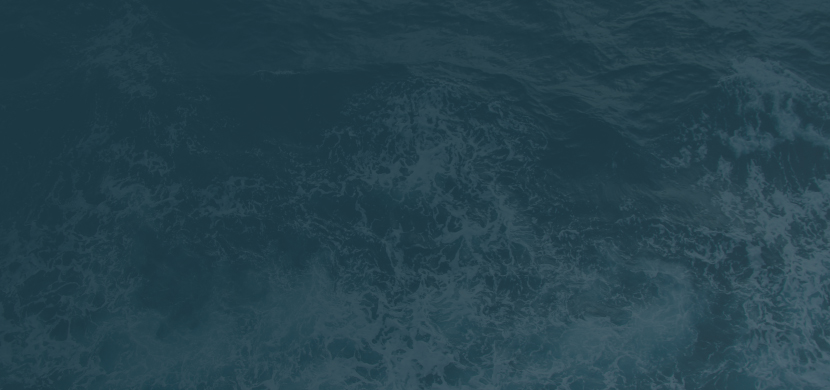August 12, 2021
Florida fishermen work with NMFS to track red tide

Dead fish on a beach in southwest Florida after the summer 2018 red tide fish kills. NOAA photo.

You've caught the limit!
Free membership gives you access to:
- Unrestricted access to all NationalFisherman.com articles.
- Receive in-depth reports and research on various topics related to the fishing industry.
- Up-to-date news updates from the fishing industry delivered directly to your inbox twice a week.






